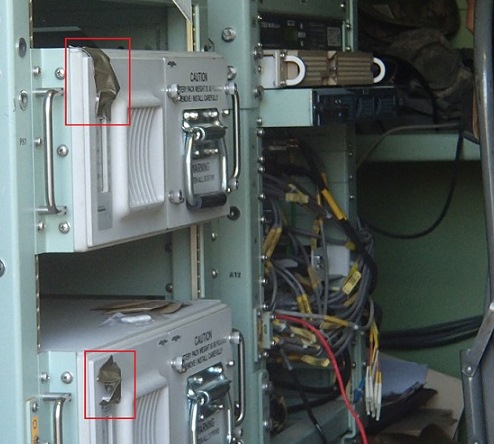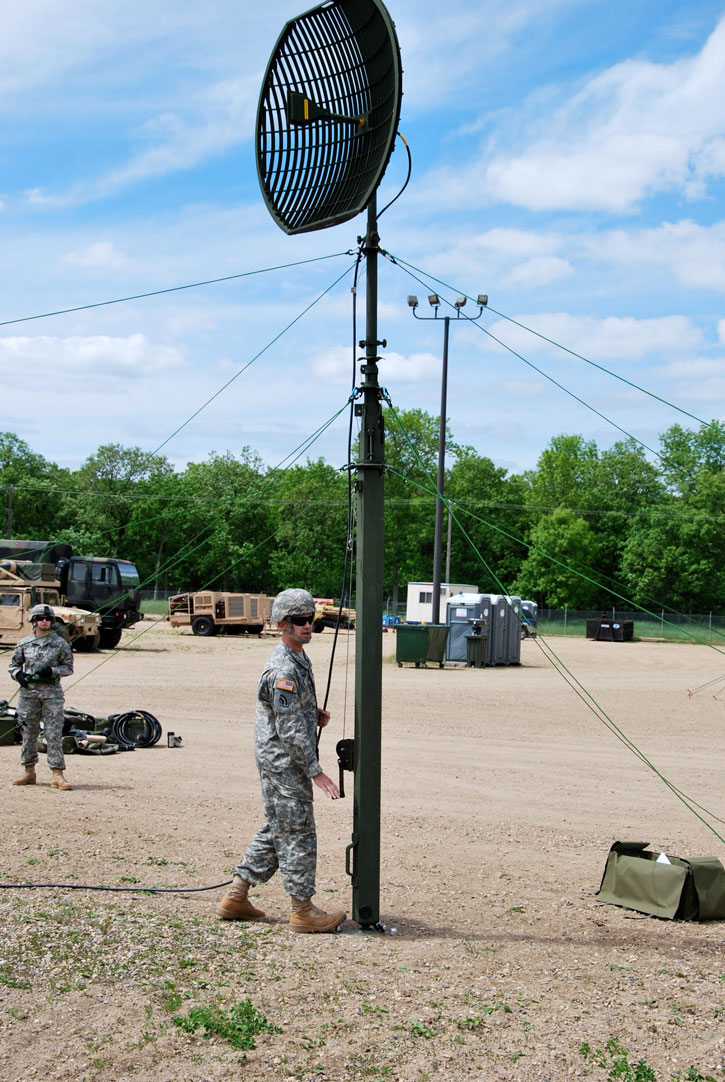Imagine this. Your brigade is part of a Corps level task force preparing to move into an allied country to push out an invading Army. The unit has been on site for several weeks and is just waiting for the order to attack. One day you get a call from one of your battalions informing you that their SIPR call manager has crashed and that they will need to reimage the system. You reach into your box of CD/DVDs to find the call manager disks and discover that you don’t have it…..FML
JNN Team Integration
Do you have everyone that you need (or would like) to complete your mission? If you are like pretty much everyone in the Army, the answer to that question is no. Rarely does a unit have everyone assigned to it that they are authorized and even in the case that they do, you still have people pulling guard, on profile, or whatever. The short answer is that we never have enough people to take care of all of the tasks that need to be completed which is why it is critical that we effectively manage how we use our personnel.
It’s all about that base(line)
Do you know what your baseline configuration is? Is it the same thing that you received on a CD from General Dynamics years ago or have you updated it over time as you have worked to refine and secure your network? If you do have a baseline, is it something that routinely roll-back to after each mission or do we just keep try to update the configurations each time we get a new message?
Where to Put a HCLOS
I am a huge advocate of using HCLOS within out networks. It increases bandwidth, adds redundancy, and reduces delay between nodes. As I’ve said before, when using HCLOS in a DA environment, it is often easiest and most practical to deploy these links with non-maneuver units (BSB, aviation, etc.). In several recent rotations though we have seen units experience an additional challenge in employing their HCLOS assets; HCLOS v1s being permanently placed with maneuver battalions.




